|
|
| Sei in: Cinema e Medioevo ® Indice alfabetico dei film |
Njálssaga
2003, regia di Björn Br. Björnsson
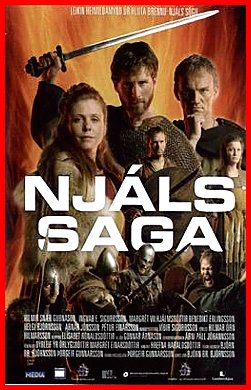
Scheda: Nazione: Islanda - Produzione: Njálssaga - Distribuzione: Am - Soggetto: da una saga della letteratura medievale islandese - Sceneggiatura: Þorgeir Gunnarsson, Björn Br. Björnsson, Hrefna Haraldsdóttir - Fotografia: Víðir Sigurðsson - Montaggio: Elísabet Ronaldsdóttir - Set Decoration: Margrét Einarsdóttir - Costumi: Dýrleif Ýr Örlygsdóttir - Musiche: Hilmar Örn Hilmarsson - Formato: Color, film tv - Durata: 52'.
Cast: Anna Kristín Arngrímsdóttir, Arnar Jónsson, Benedikt Erlingsson, Bergur Þór Ingólfsson, Guðrún Gísladóttir, Halldóra Geirharðsdóttir, Helgi Björnsson, Hilmir Snær Guðnason, Ingvar Eggert Sigurðsson, Ívar Örn Sverrisson, Magnús Jónsson, Margrét Vilhjálmsdóttir, Ólafur Darri Ólafsson, Pálmi Gestsson, Pétur Einarsson.
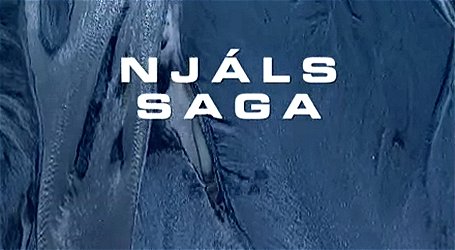
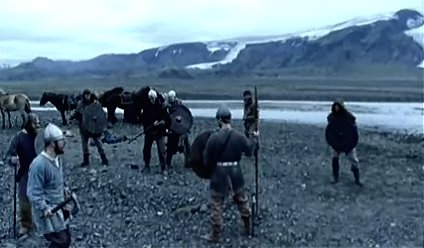
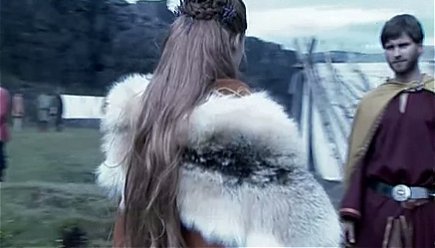
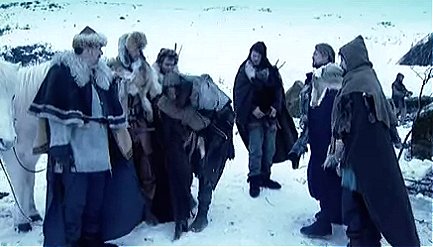
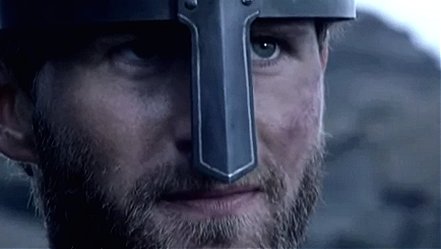
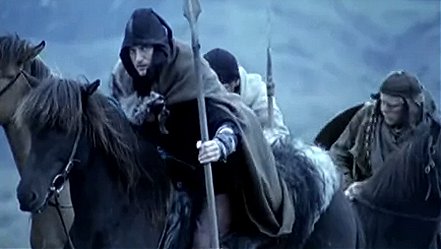
![]() Plot Summary, Synopsis, Review: IMDb
- pnop.com
-
movopia.com
-
watchfreemovies.ch
-
whosdatedwho.com
-
en.wikipedia.org:
«Njáls saga, like the other sagas of Icelanders, must be considered anonymous
- its author is not mentioned in any medieval source. ... The most prominent
characters are the friends Njáll Þorgeirsson, a lawyer and a sage, and Gunnarr
Hámundarson, a formidable warrior. In the course of a feud, Gunnarr is exiled
and must leave Iceland but as he rides away from his home he is struck by the
beauty of the land and resolves to stay; this quickly leads to his death. Some
years later, Njáll is burned alive in his home as a part of a cycle of killing
and vengeance. The saga deals with the process of blood feuds in the Icelandic
Commonwealth, showing how the requirements of honor could lead to minor slights
spiralling into destructive and prolonged bloodshed. Insults where a character's
manhood is called into question are especially prominent and may reflect an
author critical of an overly restrictive ideal of masculinity. Another
characteristic of the narrative is the presence of omens and prophetic dreams.
It is disputed whether this reflects a fatalistic outlook on the part of the
author. The saga dates to the late 13th century while the events described take
place between 960 and 1020. The work is anonymous, although there has been
extensive speculation on the author's identity. The major events described in
the saga are probably historical but the material was shaped by the author,
drawing on oral tradition, according to his artistic needs. Njáls saga is the
longest and most highly developed of the sagas of Icelanders. It is often
considered the peak of the saga tradition. ...».
Plot Summary, Synopsis, Review: IMDb
- pnop.com
-
movopia.com
-
watchfreemovies.ch
-
whosdatedwho.com
-
en.wikipedia.org:
«Njáls saga, like the other sagas of Icelanders, must be considered anonymous
- its author is not mentioned in any medieval source. ... The most prominent
characters are the friends Njáll Þorgeirsson, a lawyer and a sage, and Gunnarr
Hámundarson, a formidable warrior. In the course of a feud, Gunnarr is exiled
and must leave Iceland but as he rides away from his home he is struck by the
beauty of the land and resolves to stay; this quickly leads to his death. Some
years later, Njáll is burned alive in his home as a part of a cycle of killing
and vengeance. The saga deals with the process of blood feuds in the Icelandic
Commonwealth, showing how the requirements of honor could lead to minor slights
spiralling into destructive and prolonged bloodshed. Insults where a character's
manhood is called into question are especially prominent and may reflect an
author critical of an overly restrictive ideal of masculinity. Another
characteristic of the narrative is the presence of omens and prophetic dreams.
It is disputed whether this reflects a fatalistic outlook on the part of the
author. The saga dates to the late 13th century while the events described take
place between 960 and 1020. The work is anonymous, although there has been
extensive speculation on the author's identity. The major events described in
the saga are probably historical but the material was shaped by the author,
drawing on oral tradition, according to his artistic needs. Njáls saga is the
longest and most highly developed of the sagas of Icelanders. It is often
considered the peak of the saga tradition. ...».
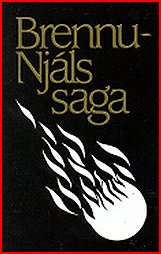 |
Alla saga di Njals il cinema islandese ha dedicato più di un film; da ricordare, nel 1980, il corto (18') a colori Brennu-njálssaga, conosciuto anche con il titolo The Saga of Burnt Njal, per la regia di Friðrik Þór Friðriksson (IMDb).
|